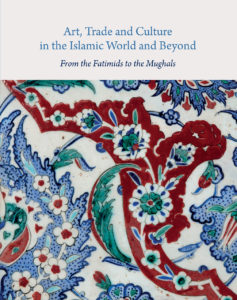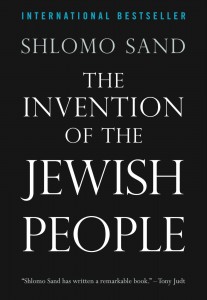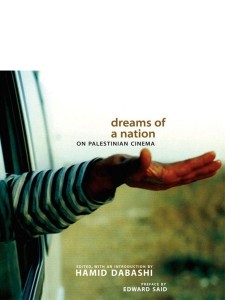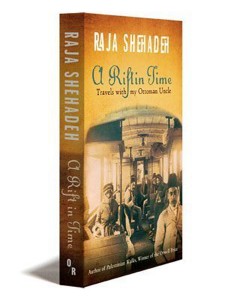Art, Trade, and Culture in the Islamic World and Beyond: From the Fatimids to the Mughals
Alison Ohta
£60.00
- Hardcover: 224 pages
- Publisher: Gingko Library; 1st edition (17 Oct. 2016)
- Language: English
The essays in this volume bring to light the artistic exchanges that occurred between successive Islamic dynasties and those further afield in China, Armenia, India and Europe from the 12th to the 19th centuries. All the articles present original research, many of them taking advantage of innovative scientific means allowing us to look at already familiar objects in a new light. Subjects include tile production during the reign of Qaytbay, book bindings associated with Qansuh al-Ghuri, depictions of fish on Mamluk textiles, the relationship between Mamluk metalwork and Rasulid Yemen and Italy respectively. A number of the articles are concerned with epigraphic inscriptions found on the buildings of the Fatimid, Mamluk and Ottoman periods, examining the inscriptions on the Mausoleum of Yahya al-Shibihi in Cairo, others trace the revival of building inscriptions in 19th century Egypt, and how a Mamluk inscription from the Madrasa Qartawiya in Tripoli is replicated in Istanbul during the Ottoman period. The relationship between ceilings of the Cappella Palatina in Palermo and the Moukhroutas Palace in Constantinople is also explored, as is the unacknowledged debt that European lacquer works owes to Persian craftsmen. Other topics covered include the architecture of the Nusretiye Mosque in Istanbul, the role played by Armenian architects in the reshaping of Ottoman cities in the 19th century, the role of the hammam in Ottoman culture and representations of beauty on Iznik pottery. Arictles on Port St. Symeon ceramics, the Armenian patrons of Chinese export wares of the 18th century, the history of the art of khatam khari in Iran, the artistic, architectural and literary influences in India between the 15th and 17th centuries, the influence of Timurid architecture in 15th century Bidar and the influence of a 16th century Hindavi Sufi Romance are also included.





